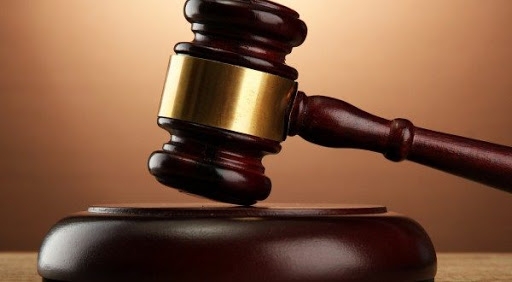Only 25 per cent of Kenyans are connected to sewer lines, posing dangers of a health crisis.
Water and Sanitation CAS Winnie Guchu said the country was doing badly on sewerage coverage, despite efforts by stakeholders.
She said the government had made progress in adding sewers, saying 17 towns will be connected to sewer lines in two years.
“Water supply coverage in the country stands at 60 per cent while that of sewerage is 25 per cent, so we are producing too much water we cannot control,” Guchu said.
She said the government aims to ensure sewerage treatment plants are put up in towns to achieve the target of 30 per cent coverage by 2022.
Guchu spoke t the end of a two-day media training on sanitation at Enashipai resort in Naivasha.
She said the ministry will ensure owners of new buildings in the city put up a treatment plant before releasing sewage to the main line.
“We are formulating this policy because we need everybody to take care of sanitation and those new buildings will have treatment plants built by its owners,” she said.
The CAS said schools will also have curriculum on sanitation and hygiene.
Guchu said seven sewage collection points in Nairobi.
“The only working sewer connection point is at Njiru where exhausters drop the sludge, where it is piped to the treatment plant. That is why we are looking at rehabilitating the seven remaining ones,” she said.
Engineer Kennedy Musumba treatment plants might be converted to produce biogas and fertiliser for residents and farmers, thereby conserving the environment,” he said.
(Edited by R.Wamochie)









![[PHOTOS] Boniface Kariuki honoured with flag-draped coffin](/_next/image?url=https%3A%2F%2Fcdn.radioafrica.digital%2Fimage%2F2025%2F07%2Fc7df13cc-0b58-4ec7-b6a4-7e32e1d9ec63.jpg&w=3840&q=100)

